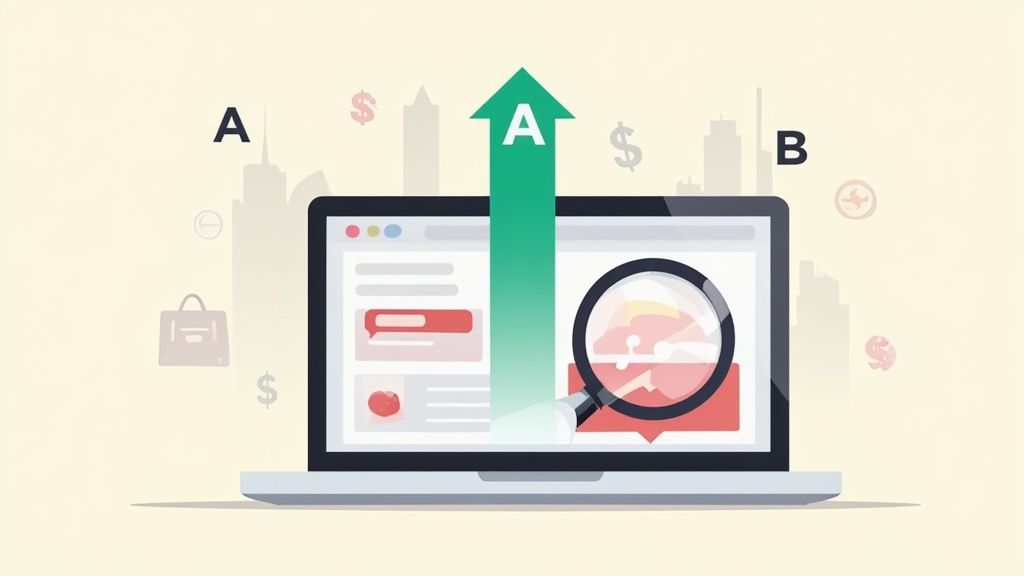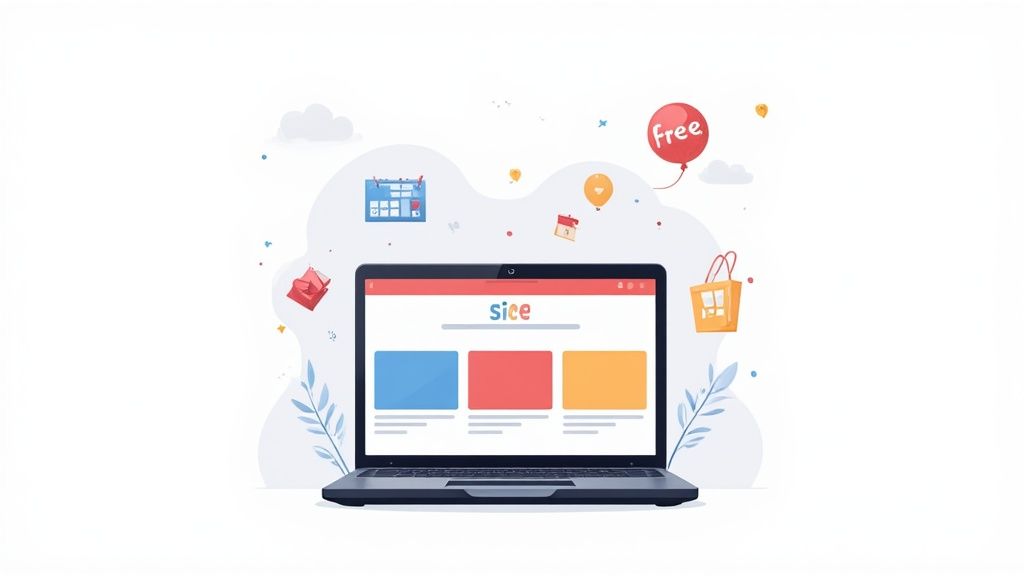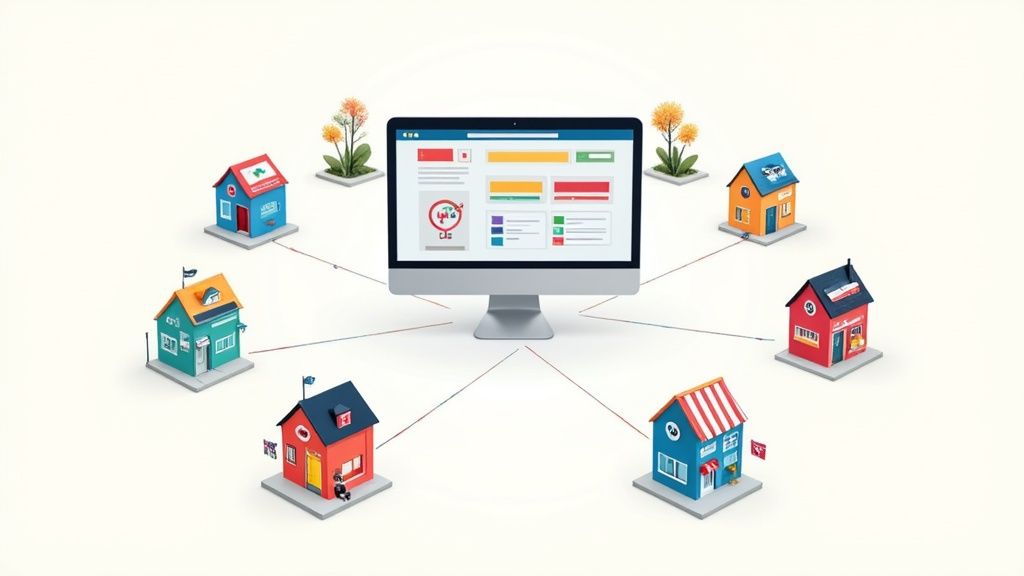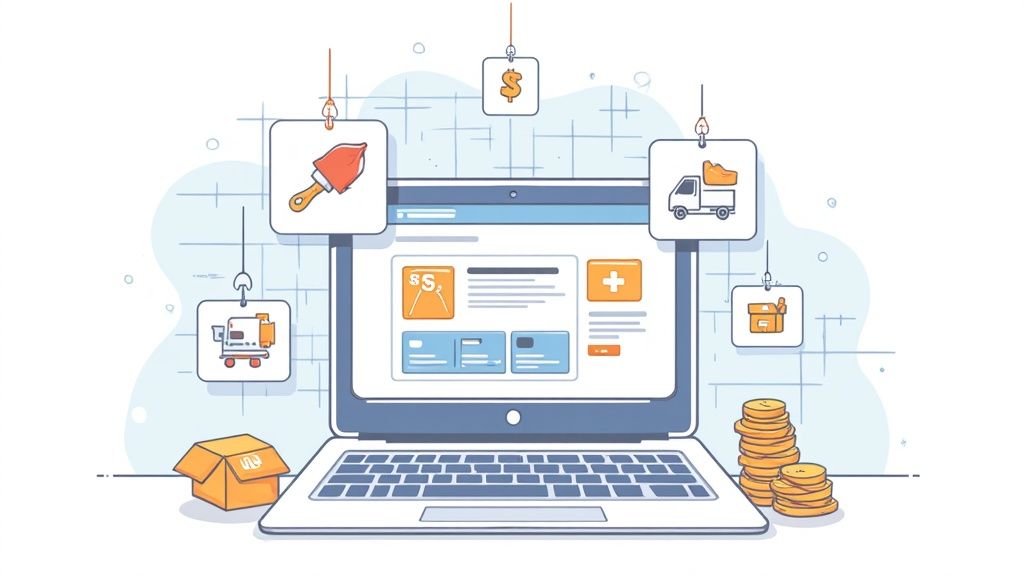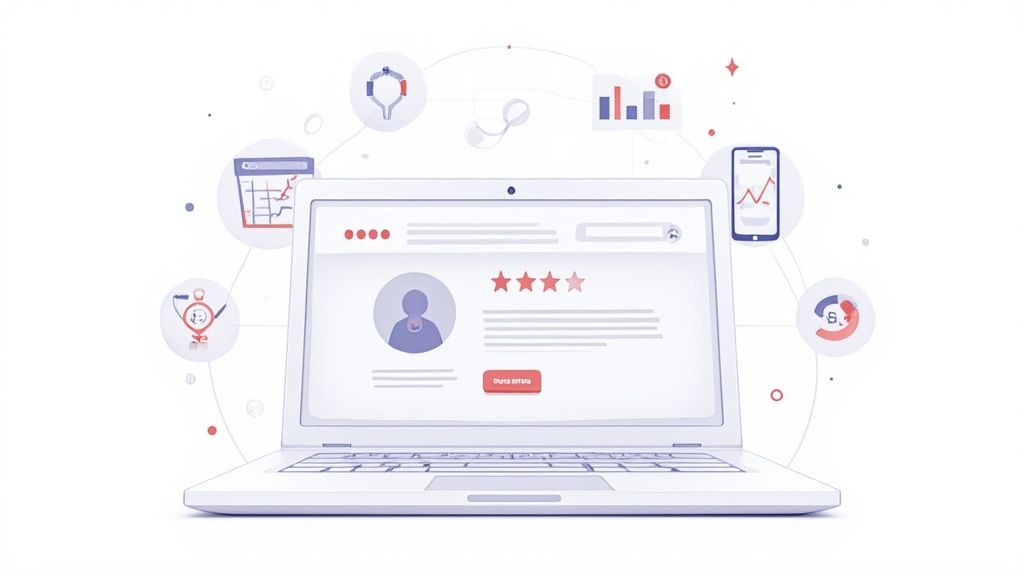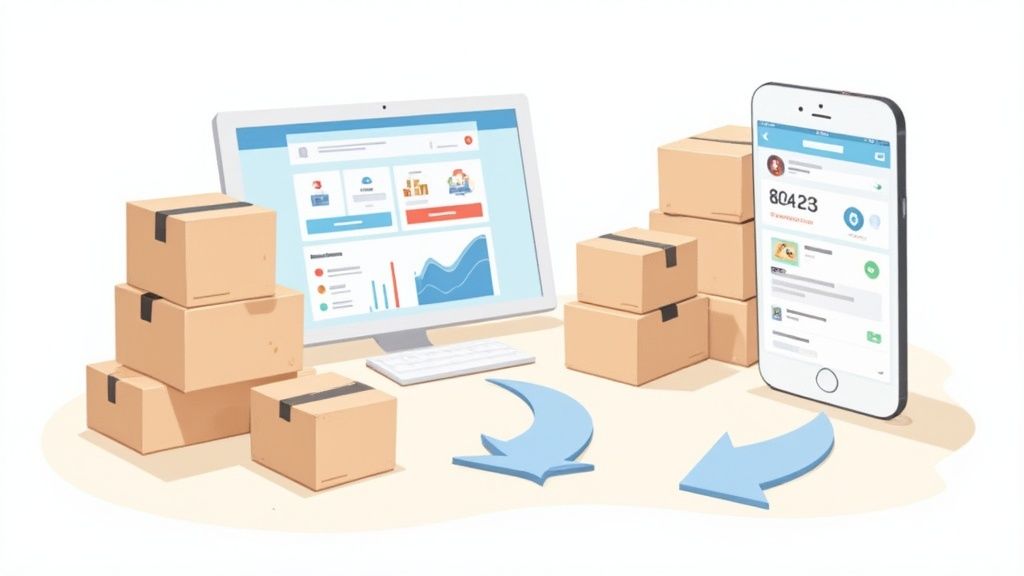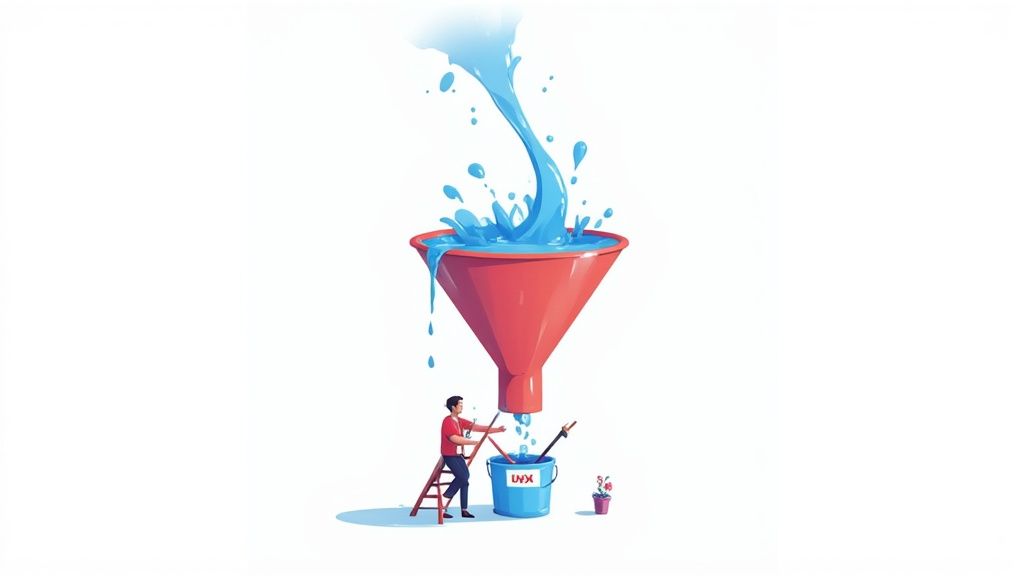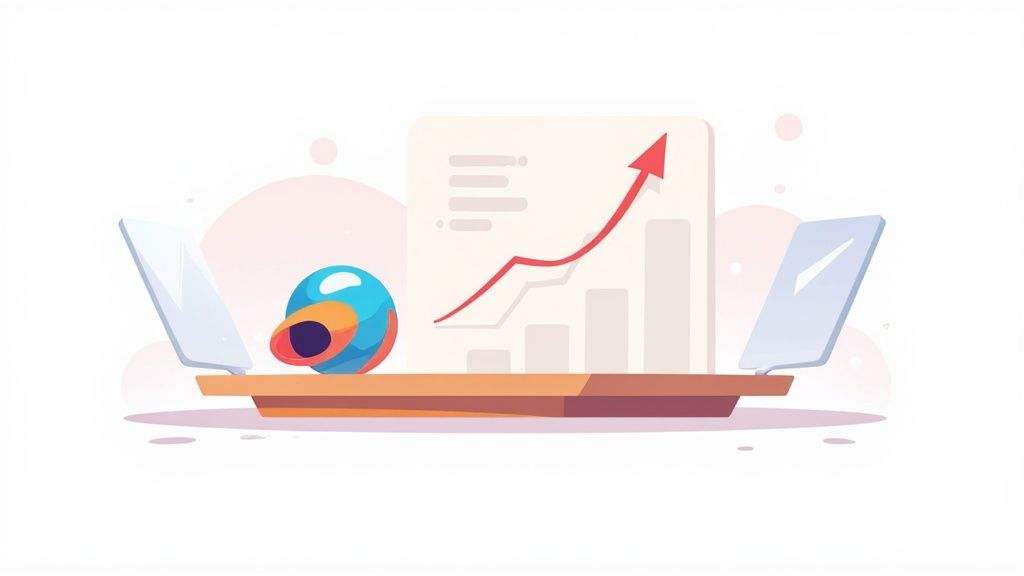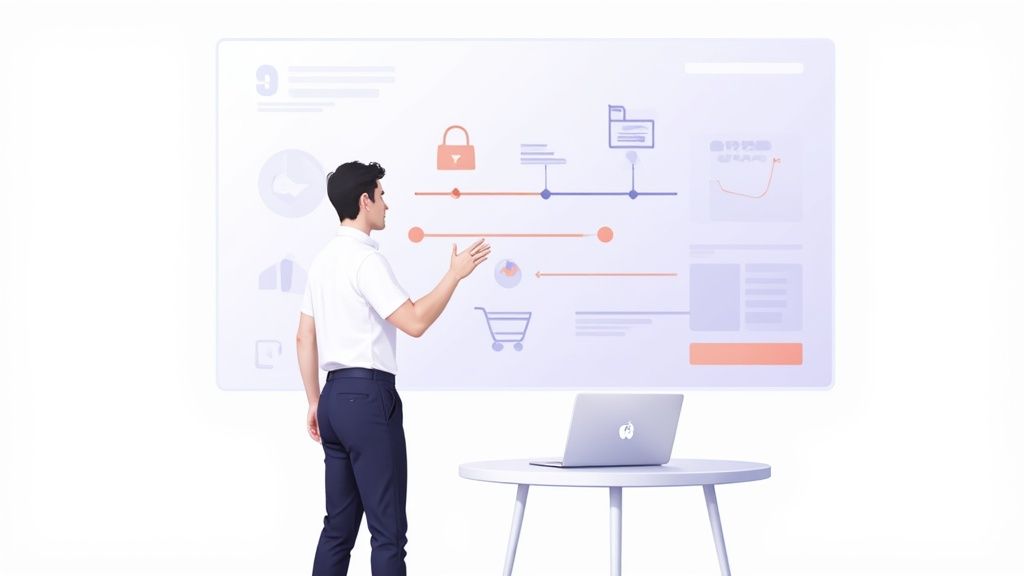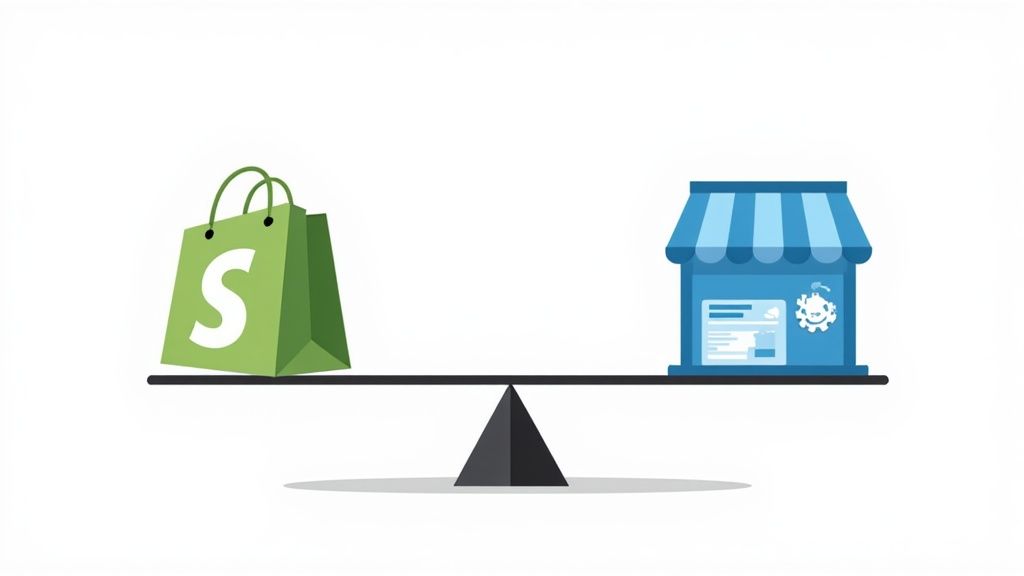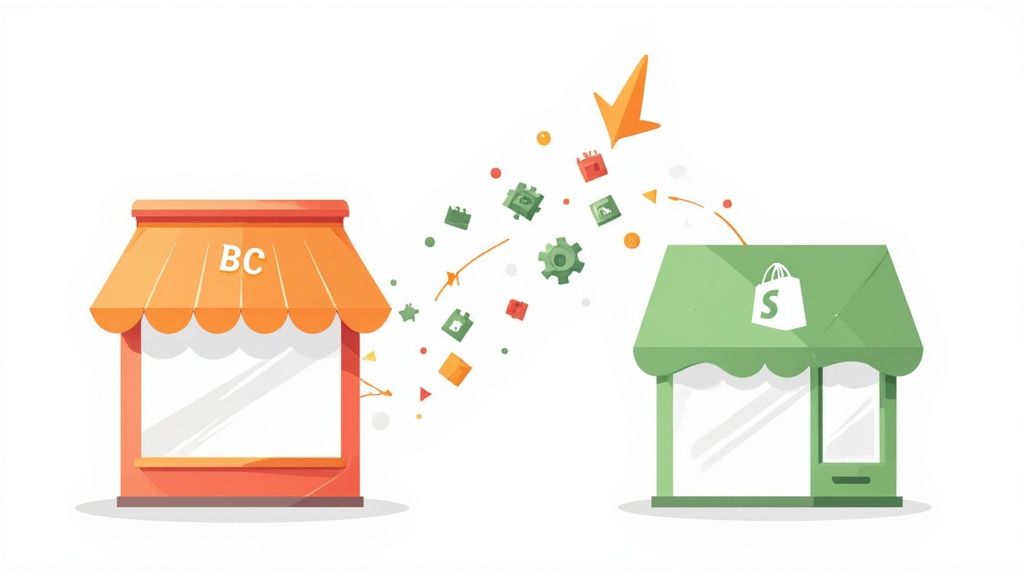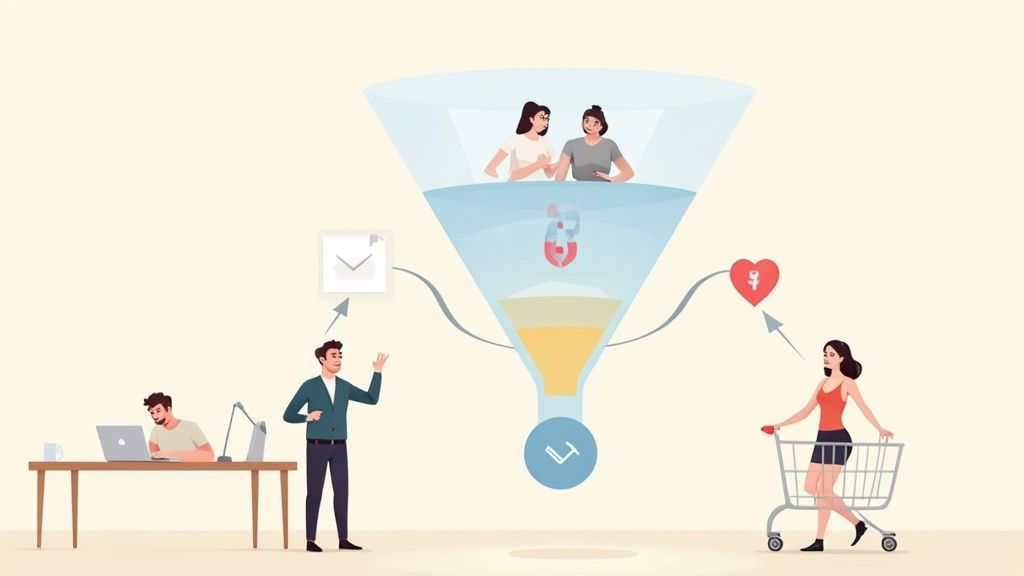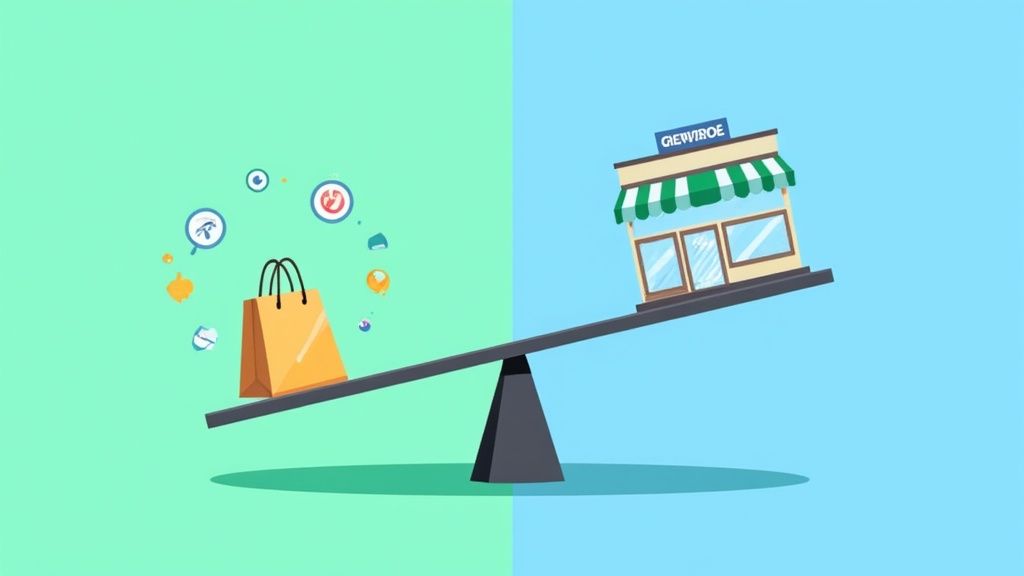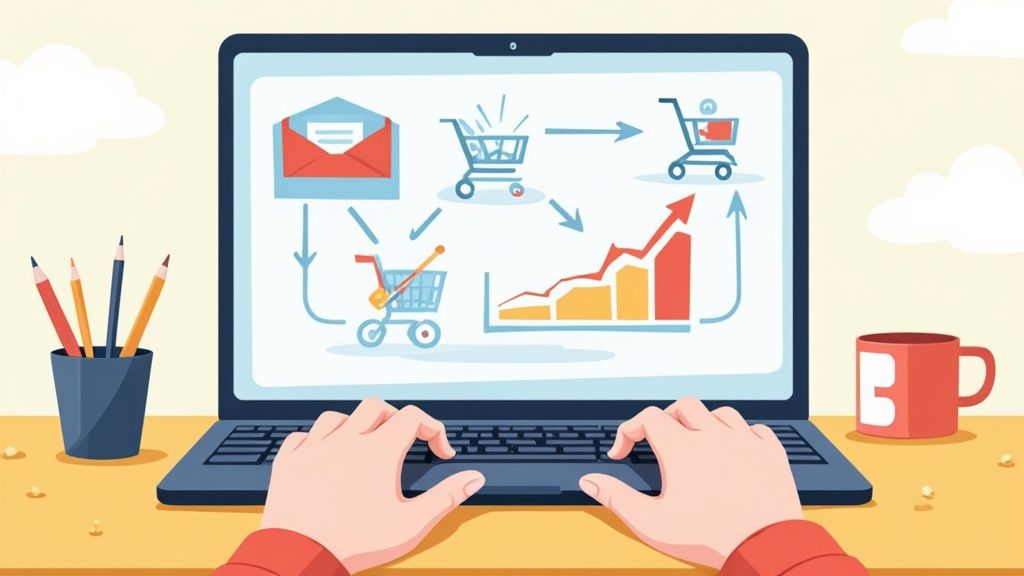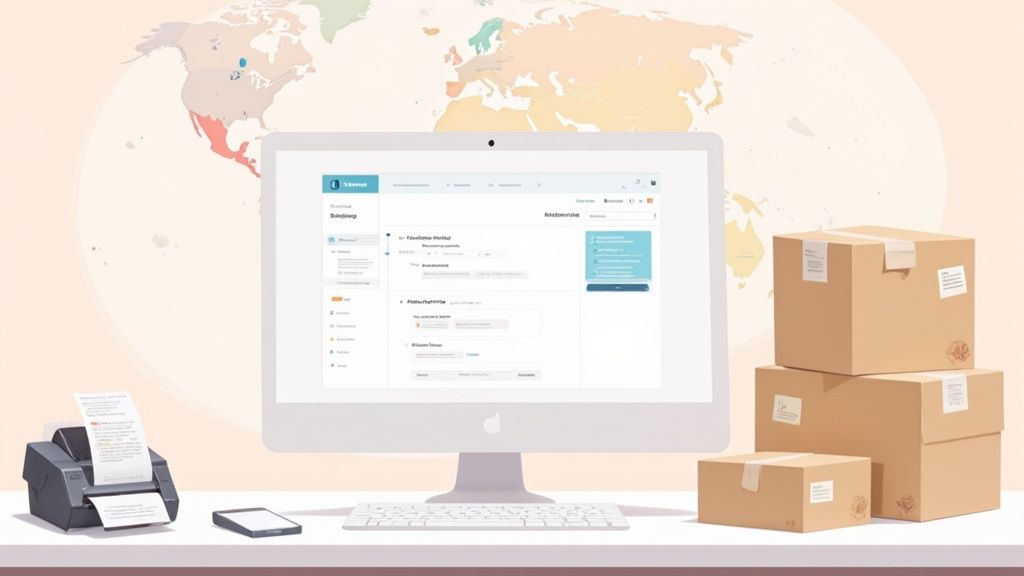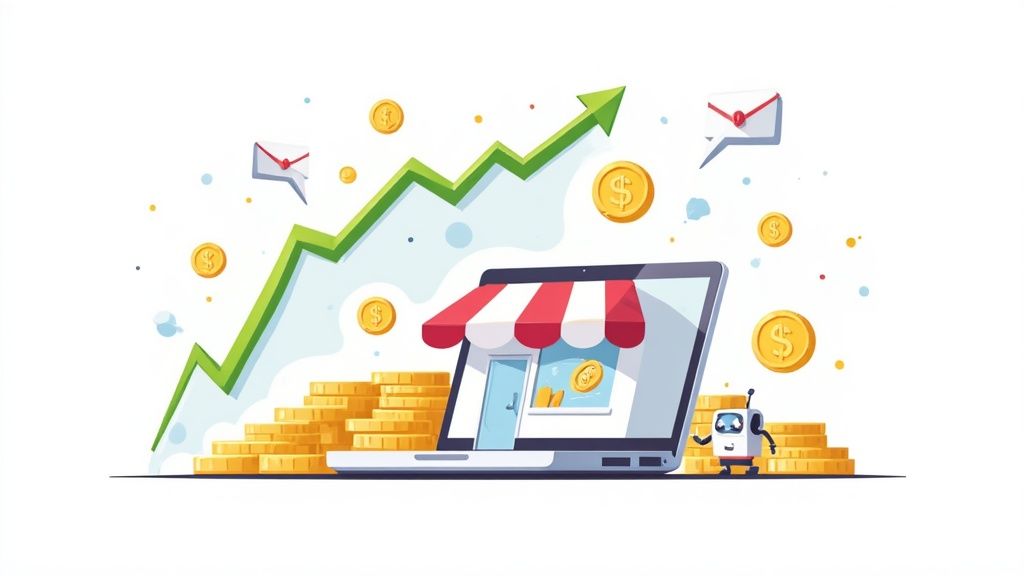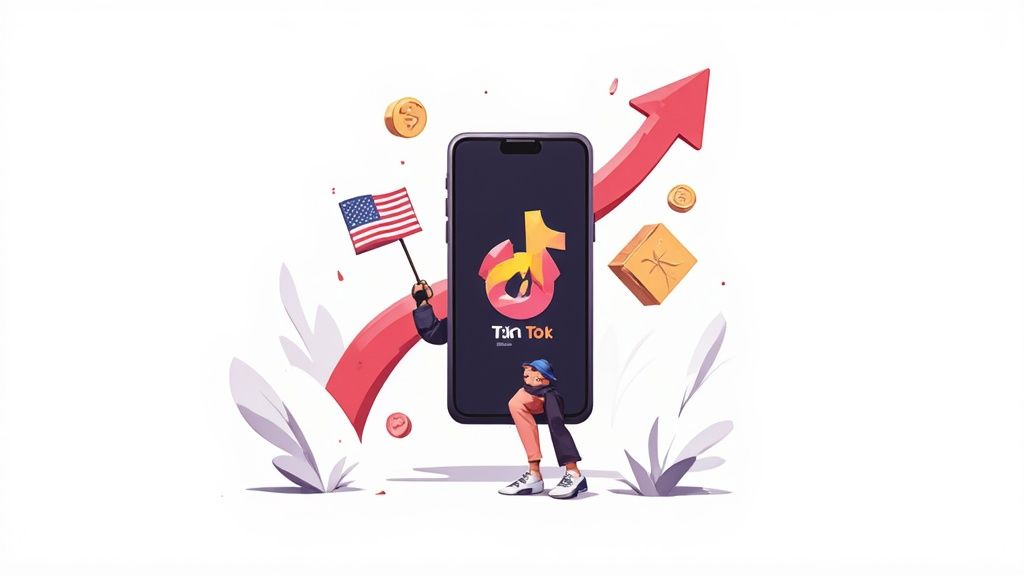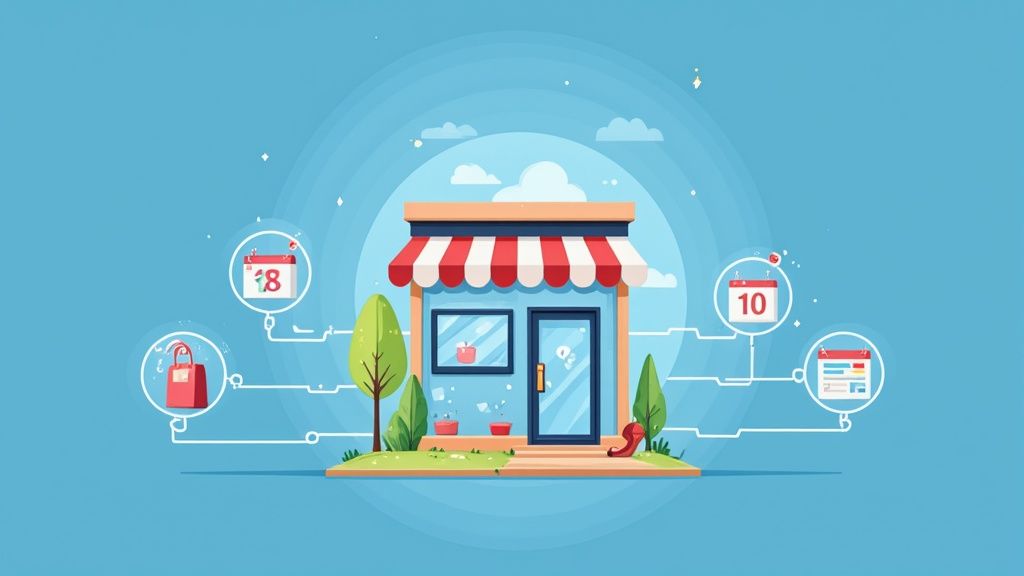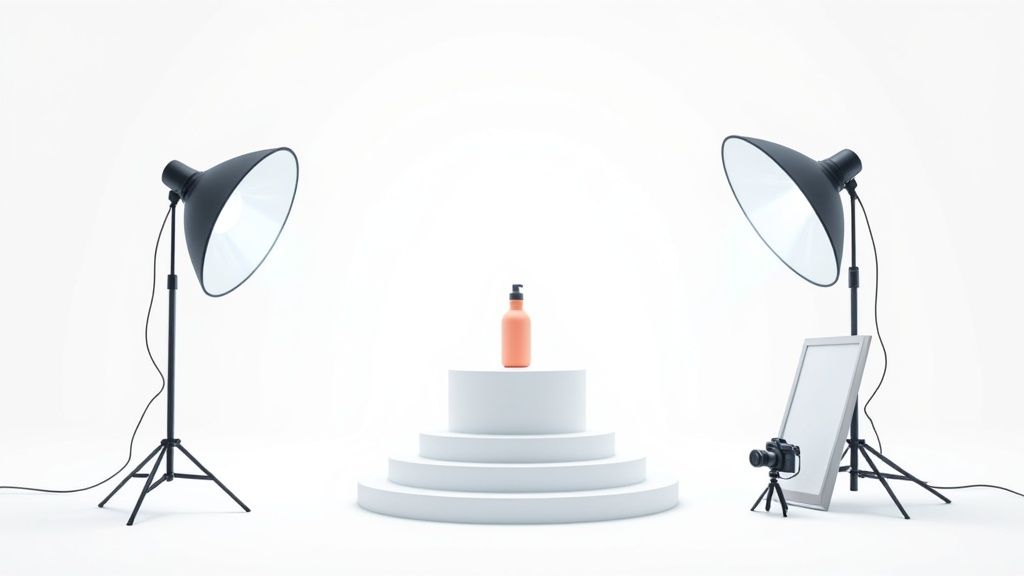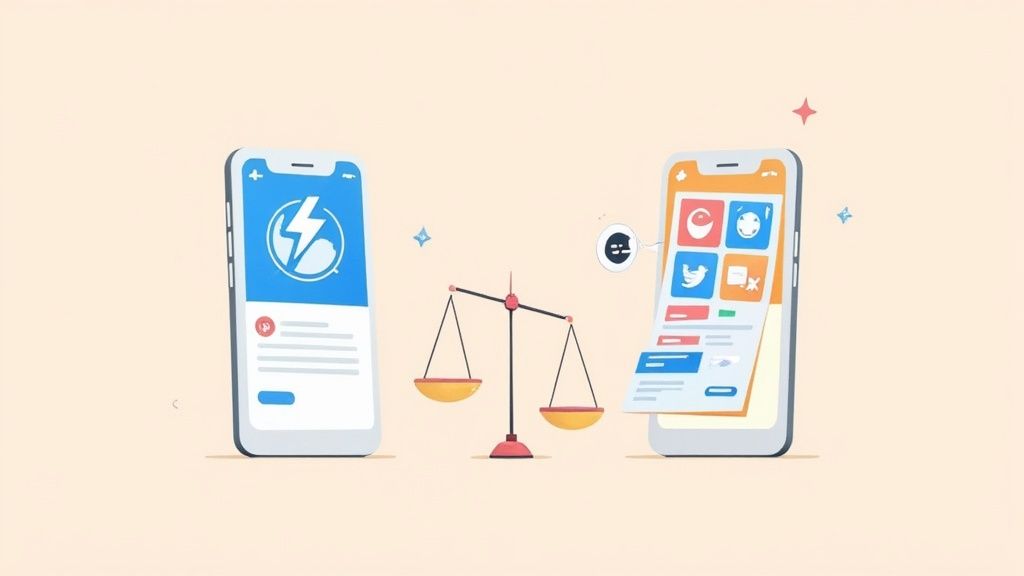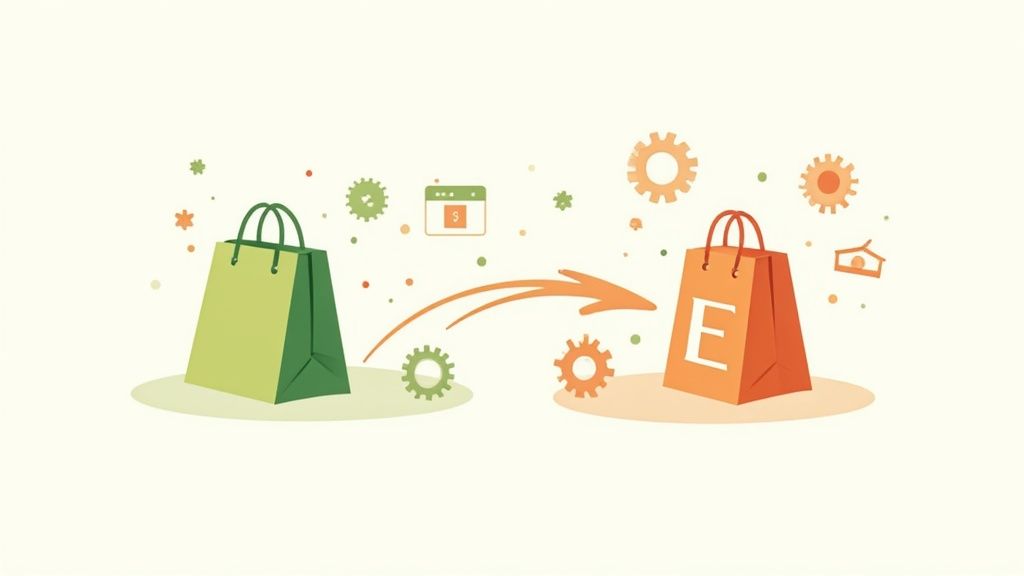
Curious how your email marketing compares to the competition? You’re not alone. Without access to other brands' stats, it can be tough to know if you’re leading or lagging. Are your open rates comparable to those of other fashion brands? Do your emails get more clicks than those from beauty brands? And how do your conversion rates stack up against those in the food and beverage sector?
These are essential questions, yet nearly impossible to answer without insight into other brands' performance. Fortunately, we have the inside scoop. We’ve analyzed hundreds of email marketing metrics from various retail industries—fashion, beauty, home, hardware, and more—to provide you with the 2024 benchmarks for:
- Email marketing open rates
- Email marketing click rates
- Email marketing conversion rates
Understanding how your emails measure up against competitors will help you determine if your campaigns and flows are effective or need improvement. Think of these benchmarks as a compass guiding you toward better open rates, click rates, and conversions.
Email Marketing Open Rate Benchmarks by Industry
Why it’s important: Getting people to open your emails is the first hurdle. If they don’t, all subsequent actions are moot because your exclusive discount, abandoned cart reminder, or welcome email won't be seen. More open leads to higher click and conversion rates.
Disclaimer: Open rates aren't 100% accurate. For example, Apple "opens" each email for users with Apple MPP enabled, regardless of actual engagement. However, open rates can help improve deliverability by removing inactive subscribers and refining effective subject lines.
What impacts open rates?
In a crowded inbox, your email needs an enticing subject line to stand out. Avoid spam folders as they drastically lower open rates. If your emails aren’t visible in inboxes, they won’t be opened.
Open Rate Benchmarks
We’ll categorize these benchmarks into two types:
- Email Campaigns: One-off emails sent to a specific list.
- Automated Flows: Emails triggered by a shopper’s behavior.
Email open rate benchmarks: Campaigns
- Average open rate across all industries: 39.74%
- Top performers: 56.32%

Email open rate benchmarks: Automated flows
- Average open rate across all industries: 52.04%
- Top performers: 68.08%

Key findings: Automated flows generally achieve higher open rates than campaigns due to their personalized nature based on shopper behavior, like abandoned cart reminders.
How to improve your email marketing open rates
- Craft compelling, curiosity-piquing subject lines.
- Personalize with the recipient’s name or location.
- Keep subject lines short and mobile-friendly.
- Use emojis sparingly to enhance subject lines.
Email Marketing Click Rate Benchmarks by Industry
Why it’s important: Click rates measure how many recipients click on a link in your emails, indicating whether your messaging resonates with your audience and facilitating the buying process.
What impacts click rates?
Click rates can be affected by unclear messaging, weak offers, too much text, or too many calls to action.
Email marketing click rate benchmarks
Email click rate benchmarks: Campaigns
- Average click rate across all industries: 1.47%
- Top performers: 5.06%

Email click rate benchmarks: Automated flows
- Average click rate across all industries: 5.31%
- Top performers: 12.98%

Key findings: Click rates are higher in automated flows than in campaigns because they are more tailored to the recipient's interests and behavior.
How to improve your email marketing click rates
- Use clear CTAs and A/B test variations.
- Share relevant, personalized links.
- Avoid decision paralysis by limiting the number of links.
- Segment subscribers based on behavior or purchases.
Email Marketing Conversion Rate Benchmarks by Industry
Why it’s important: Conversions translate to sales. Higher conversion rates mean your email marketing strategy is effective in driving revenue.
What impacts conversion rates?
Conversion rates are influenced by how well your offer aligns with shopper needs and the clarity of your messaging.
Email marketing conversion rate benchmarks
Email conversion rate benchmarks: Campaigns
- Average conversion rate across all industries: 0.09%
- Top performers: 0.47%

Email conversion rate benchmarks: Automated flows
- Average conversion rate across all industries: 1.71%
- Top performers: 5.71%

Key findings: Conversion rates are generally lower than open and click rates, as they represent the final step before a purchase. Automated flows achieve higher conversion rates due to their targeted nature.
How to improve your email marketing conversion rates
- Collect zero-party data for personalized offers.
- Segment your audience for relevant messaging.
- Use customer reviews for social proof.
- Focus on loyal customers with high cart values.
Key Takeaways from Email Marketing Benchmarks
Email marketing benchmarks vary across industries, and these figures represent averages. Some brands achieve much higher open rates, click rates, and conversion rates, while others may struggle to meet these standards. Performance depends on your strategies, the granularity of your segmentation, and the use of automated flows.
Summary of Key Findings:
- Automated Flows Outperform Campaigns: They generally see better open rates, click rates, and conversion rates.
- Top Performers Double the Average: Top brands often achieve double the average opens, clicks, and conversions.
- Industry Variation: Benchmarks can vary by up to 2% depending on the industry, but most metrics fall within a similar range.
- Funnel Effect: More opens lead to more clicks, and more clicks lead to more conversions.






